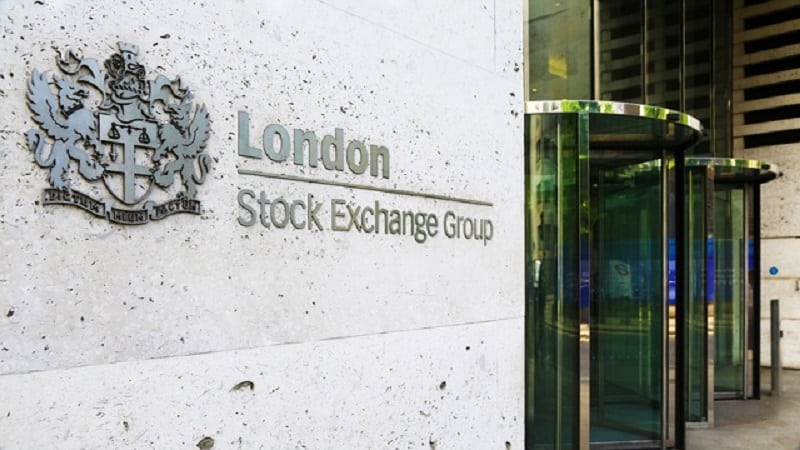By Darius McDermott, managing director of FundCalibre
Markets may have been upended recently, but dividends continue to offer a buffer for investors in tough times. The latest Janus Henderson Global Dividend index painted a rosy picture, with $1.75 trillion paid out in dividends in 2024. But where were the hotspots for growth?
Dividend growth has been unfashionable, with investors focused instead on the capital growth available from a handful of US technology names. But as the US exceptionalism trade starts to crumble, the reliability of dividends may start to have more appeal.
The Janus Henderson index suggests investors have plenty of choice should they choose to take this approach, with 17 of the 49 countries in the index seeing record dividends and 88% of companies raising or maintaining their dividends in 2024.
The index saw a new wave of dividend payers come to the market. This included a number of the US technology giants, plus Chinese technology titan Alibaba.
See also: The US funds that lost the most from Trump’s tariffs
The strongest dividend of any major market was in Japan, where dividends rose 15.5% to a record $86bn. This was the second year of strong dividend growth in the country and is clear evidence of the corporate governance changes that are taking place in Japanese companies. Some 94% of Japanese companies raised or held dividends during the year, well ahead of the global average.
However, one note of caution. The largest contribution to growth came from Toyota Motor and Honda and this type of company may be in the firing line on US tariffs, which – on Trump’s original list – will sit at 24% for Japan. There are also other concerns.
Matthew Brett, manager on Baillie Gifford Japan Trust, said: “Since Covid, Japan’s market has enjoyed a significant cyclical upswing. Growth has been in abundance…Roll forward a few years, and these stimulatory cyclical factors are now starting to subside.
“This change threatens Japan’s export orientated market and the sustainability of profit margins for some of its biggest auto and industrial constituents, which we don’t own. In contrast, our portfolio has leant away from cyclical companies, towards companies exposed to more sustainable secular sources of growth.”
See also: The defensive US funds that outperformed in market downturns
North American payouts grew 7.6% on an underlying basis with a vast $652bn paid out during the year, $50bn more than in 2023. However, a significant portion of this came from the technology giants.
Meta and Alphabet alone contributed a quarter of dividend growth over the year. While this broadens the opportunity set in the US, in percentage terms, the dividends paid are small – just 0.4% for Meta and 0.5% for Alphabet.
European dividends were also strong, rising 5.6%. Two-thirds of the growth in Europe came from the banking sector, which has been buoyed by higher interest rates. The sector distributed a record $55.4bn in 2024.
Tom Lemaigre, manager on the Janus Henderson European Selected Opportunities fund, says amid the tariff crisis there may be an upside for Europe, “at least in terms of improving investor sentiment, with the possibility of peace in Ukraine, deregulation of various industries and domestically focused fiscal stimulus to accelerate economic growth.
“In the event of some or all of these occurring, European markets could continue to perform well in our view. We continue to run a balanced portfolio with a mixture of both cyclical and defensive stocks.” The fund has 22% in financials and 24% in industrials.
See also: Neil Woodford to launch investment strategy platform
Asia was a notable weak spot. The report found that Asia-Pacific ex Japan’s dividends were the weakest in the world in 2024, on both a headline and an underlying basis. Payouts fell 2.0% on an underlying basis, with Taiwan particularly weak. Half the companies in the Taiwan index cut their dividends in 2024. Australia was also a source of weakness.
Nevertheless, Richard Sennett, manager of Schroder Oriental Income Trust, believes Asia remains an attractive source of income for UK investors. Many of the historic arguments made for investment in Asian dividend stocks still apply. He adds: “The region provides a source of diversification away from the UK to a well diversified set of income-generating assets in one of the fastest growing regions globally.
“Approximately 45 stocks contribute to around 50% of the income generated from the region, compared to around ten names in the UK. This diversification reduces the reliance on a limited number of entities for income generation, providing an active manager like us with greater options. Although the economic outlook remains uncertain, especially from a Trump policy perspective, payout ratios are reasonable and leverage ratios for Asia are relatively low when compared to other regions. This should provide some resilience for dividend payments if things were to slow down.”
See also: Rosemary Banyard leaves fund management
Our research suggests that no single area stands out for dividend growth over time. When we look at the Elite Rated funds that have delivered the most consistent dividend growth over 10 years, three are global dividend funds – M&G Global Dividend, Fidelity Global Dividend and Guinness Global Equity Income; four are UK dividend funds, including WS Lindsell Train UK Equity, which is top, with 110% growth over the decade; one is an Asian Income fund – Schroder Oriental Income. Then there is a property fund – TR Property.
TR Property is notable given the relative difficulty property has faced in recent years in a world of higher interest rates. However, its dividend performance is a reminder of how this asset class can provide very reliable dividend growth even if capital performance is more volatile.
Investors may be about to rediscover the joy of a regular dividend amid market turmoil. The overall message is that income is abundant across the world for those who choose to prioritise it. Each region has its strengths and weaknesses and investors can cherry-pick among them.









